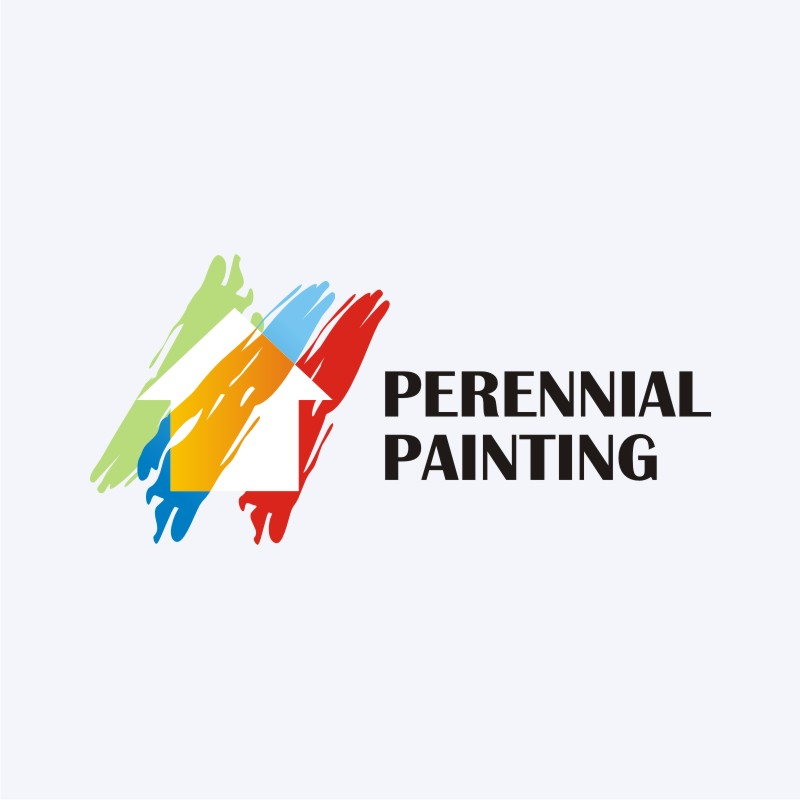Have You Considered Why Your Paint Surface Didn't Attain The Desired End Result? Determine The Typical Errors That Could Be Influencing Your Job
Have You Considered Why Your Paint Surface Didn't Attain The Desired End Result? Determine The Typical Errors That Could Be Influencing Your Job
Blog Article
Web Content Writer-Langley Hopkins
When you're intending to repaint your walls, it's very easy to neglect some essential information that can make or damage your task. You may assume picking any kind of paint will certainly do, or that surface area prep work isn't required, but these choices can bring about irritating results. You'll intend to prevent usual pitfalls like overwhelming your brush or rushing the drying out time between layers. Recognizing these mistakes can conserve you time and effort, yet there's even more to take into consideration if you want a perfect surface that lasts. Let's explore what you might be missing out on.
Picking the Wrong Paint
Choosing the right paint is crucial for achieving a smooth, specialist coating on your wall surfaces. If you select the wrong type, you'll rapidly find yourself dealing with problems like peeling off, fading, or unequal shade.
Start by considering the paint's base. please click the next page -based paints are terrific for easy clean-up and quick drying, while oil-based choices are perfect for resilience in high-traffic areas.
Next off, consider the finish. Matte finishes hide blemishes well yet can be difficult to tidy. Satin or eggshell finishes provide an equilibrium between aesthetics and washability, making them appropriate for a lot of rooms.
For areas prone to wetness, like kitchens and bathrooms, choose a semi-gloss or gloss paint, which resists mold and mildew and mildew.
Do not fail to remember to check the color. Test examples on your walls to see exactly how they search in different illumination throughout the day. Lighting can drastically change exactly how a color appears, so this action is crucial.
Missing Surface Preparation
Among the largest blunders homeowners make is missing surface prep work prior to paint. You may assume you can just get hold of a brush and start, however that'll bring about a less-than-stellar coating. Correct prep is essential for a smooth and enduring outcome.
Initially, examine your wall surfaces for any flaws like cracks, openings, or peeling paint. Filling those voids with spackle or caulk guarantees an uniform surface.
Don't neglect to sand the location once it's completely dry, as this produces a far better surface area for the paint to follow.
Next off, tidy your wall surfaces to eliminate dust, grease, and grime. A simple mixture of soap and water can do marvels. If your wall surfaces are particularly filthy, consider using a degreaser.
Lastly, applying a guide is frequently forgotten yet can dramatically improve the end result, specifically if you're repainting over a darker shade or a surface area that's been previously painted.
A great primer enhances bond and assists cover any type of spots.
Improper Application Strategies
Applying paint with the wrong techniques can result in irregular coverage and a discouraging coating. One typical error is utilizing the incorrect type of brush or roller. Make sure you select a tool that matches the paint type and the surface area appearance. For smooth walls, a fine-nap roller works best, while textured surfaces may call for a thicker snooze.
Another problem is using way too much paint simultaneously. Instead, apply thin, also layers. This not just prevents drips however also makes certain better adhesion. If you discover runs, don't stress-- just take a brush and smooth them out right away.
Likewise, bear in mind to keep a damp side. This indicates overlapping your strokes while the paint is still wet to stay clear of visible lines.
Lastly, stay clear of paint in straight sunshine or high moisture, as this can cause the paint to completely dry also promptly, resulting in blistering.
Verdict
To sum it up, avoiding common paint mistakes can make a massive distinction in your job's end result. Constantly choose the best paint for the task, never ever avoid essential surface prep work, and utilize appropriate application techniques to make sure a smooth surface. Take your time between layers and don't overload your brushes or rollers. By following these pointers, you'll attain a professional-looking outcome that you can be pleased with in your house. Happy painting!
